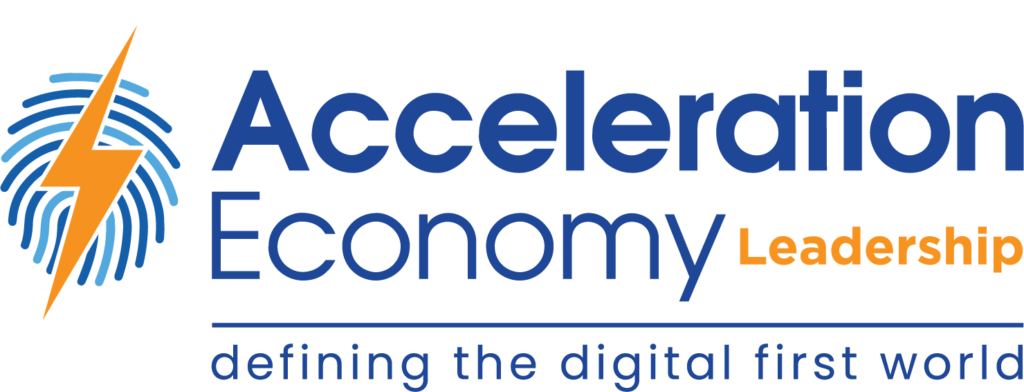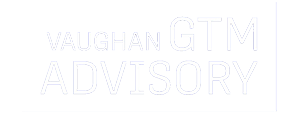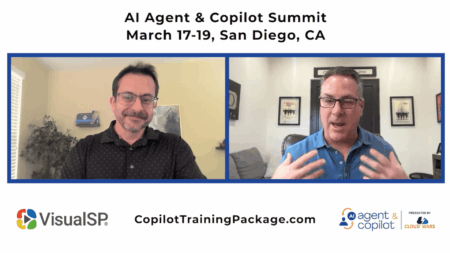Business executives are rushing to adopt modern business models to grow their customers and revenue. The “big 3” economic models are Software-as-a-Service (SaaS) subscription relationships, an Annual Recurring Revenue (ARR)-driven financial model, and Cloud-based delivery infrastructure. Many times, these three all work together as an integrated business model.
By listening to financial earnings calls and reading CEO interviews, you get a clear picture that the pervasive economic models are migrating to the cloud, offering contractual subscriptions, and delivering ARR financials—all to create customer stickiness and predictable revenue.
The examples are flowing like molten lava in every sector, be it a media company moving from broadcast to streaming or a tech company moving from on-premises software to work in the cloud. Can you imagine starting a business today that didn’t consider these business and customer relationship models?
Advantages of Modern Economic Models
These modern business models and levers are appealing to stakeholders, and offer big benefits, including:
- Investors and Company Boards crave the predictability, profit margins, and customer lifetime value (LTV) that cloud-based SaaS and ARR financial models deliver.
- Company leadership obsesses over the SaaS margins, but also the speed at which the company and teams can innovate and expand customer relationships by deploying cloud-based subscriptions.
- Business technology, IT, and software developers appreciate the scale, the plethora of integrations, and ease of managing a single infrastructure in the cloud.
The advantages these modern approaches bring to companies are clear. But what about their customers? How do customers who enter these relationships view solutions provided in these modern economic and delivery models? What’s in it for them? And what value can we unlock and communicate in using these big three business levers?
According to recent Salesforce data, here are key advantages for customers who move to cloud-based SaaS subscription relationships:
- 20.66% improvement in time to market
- 19.63% average increase in company growth
- 18.8% increase in process efficiency
- 16.76% decrease in IT maintenance costs
- 16.18% average reduction in operating costs
- 15.07% reduction in IT costs
Let’s dive in deeper and showcase what’s in it for your customers via these modern economic models.
Scale Your Business Based on Market Realities
Markets are volatile, and your customer and business requirements change regularly. Using cloud and SaaS relationships, you can more easily scale a solution to accommodate changing business needs.
This works both ways. You can spin up new services to support growth opportunities and, at the same time, wind down access to applications that your business no longer requires. Provisioning technology and services allow you to scale and flex with your customers and the changing market dynamics you must navigate on a regular basis. Of course, the devil is in the details so it is important to make sure these flexible terms are a part of your vendor contract agreements.
Smarter Financial and Technology Operations Planning
CFOs appreciate the financial planning that is enabled by cloud and SaaS models. Monthly, quarterly, and annual budgets and spending can be prepared with more predictable models and costs.
In turn, business leaders get clarity on the busiest and slowest times during the year, and can adapt accordingly. One thing to plan for is that ARR and SaaS models typically require upfront payment that can impact cash flow.
From a technology operational management standpoint, CIOs tout the reduction in cost, time, and overall effort for:
- Expensive tech implementations and installations
- Upfront hardware costs to support dynamic applications
- Equipment and server updates your team must manage
- Traditional software licensing management process
Faster Time to Market by Empowering Your Team
By migrating and operating in a cloud SaaS model, companies can provide secure access to critical applications and data from any device with a browser. High-security standards are frequently built into cloud delivery, infrastructure, and your agreements. These access advantages mean faster response to your customers and the ability for employees and teams to make quicker, more informed decisions. In fact, today you are likely at a disadvantage from your competitors if you are not operating in these models.
Startups and small businesses find the SaaS model to be an advantage when they don’t have the time, capital, or expertise to build their own applications or host applications on-premises. At the same time, an enterprise can be as nimble as a startup organization deploying strategic applications and products in new industries and geos rapidly.
It is important to consider how SaaS implementations are straightforward when self-provisioned for simple applications accessible via public clouds. However, SaaS solutions designed for hybrid or private clouds will require more hands-on resources and time.
Innovation with Provider Motivation to Improve Solutions and Services
Business happens. Companies get bought, they stop innovating, or you outgrow the applications. The cloud and subscription models provide more choices and provider options for your business.
Companies are not only competing for your business, but they are also motivated to add features, functions, and new capabilities to keep you as a customer. Your providers’ executives (and investors) despise “customer churn” and value “net dollar retention (NDR)”.
NDR measures how much your ARR or monthly recurring revenue (MRR) has grown or shrunk over time by factoring in customer expansion as well as negative churn and downgrades. This is a negotiation point that should be thoughtfully used with your providers.
As a result of the competitive nature of cloud-based services and offerings, innovation can happen much faster with known costs. Therefore, maintaining a strong relationship with your cloud and applications providers to help shape your providers’ capabilities is important. If your provider is not able to keep pace with your needs or deliver, you can find another provider who can better meet your company’s needs. While there are always some switching costs, with cloud models this has become much less painful, and the providers know it.
Partner with Your Providers for Better Outcomes
Cloud, SaaS, and ARR—the modern economic business models—have several advantages for both the providers and the customers who run their business on them. This is the proverbial win-win when you master how to migrate to these models and reimagine what’s possible working in these models with your vendors and providers.
Want more tech insights for the top execs? Visit the Leadership channel:










